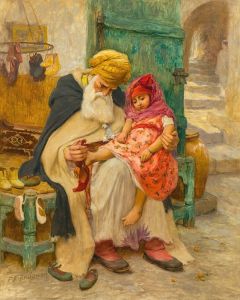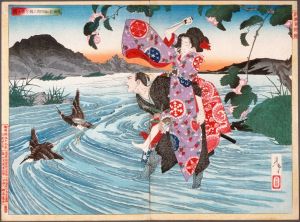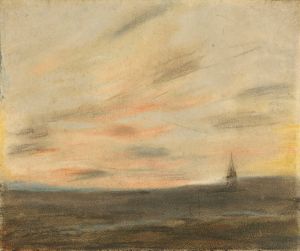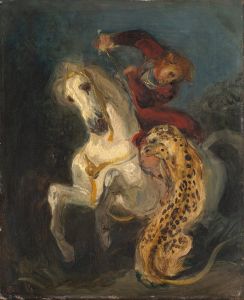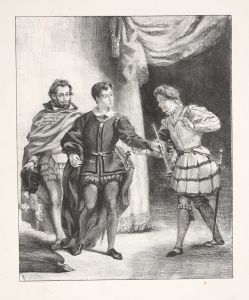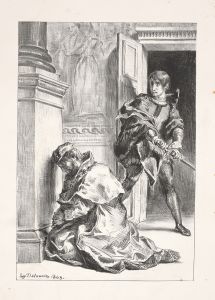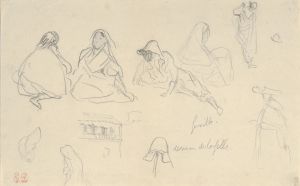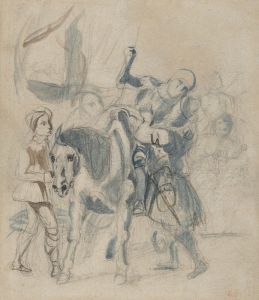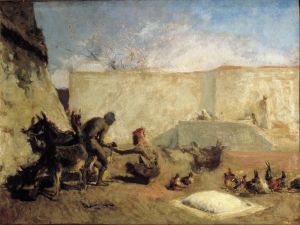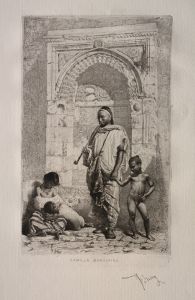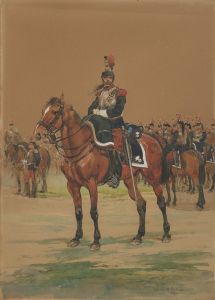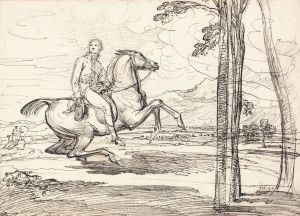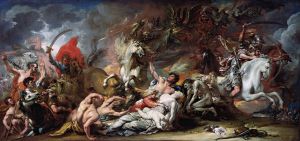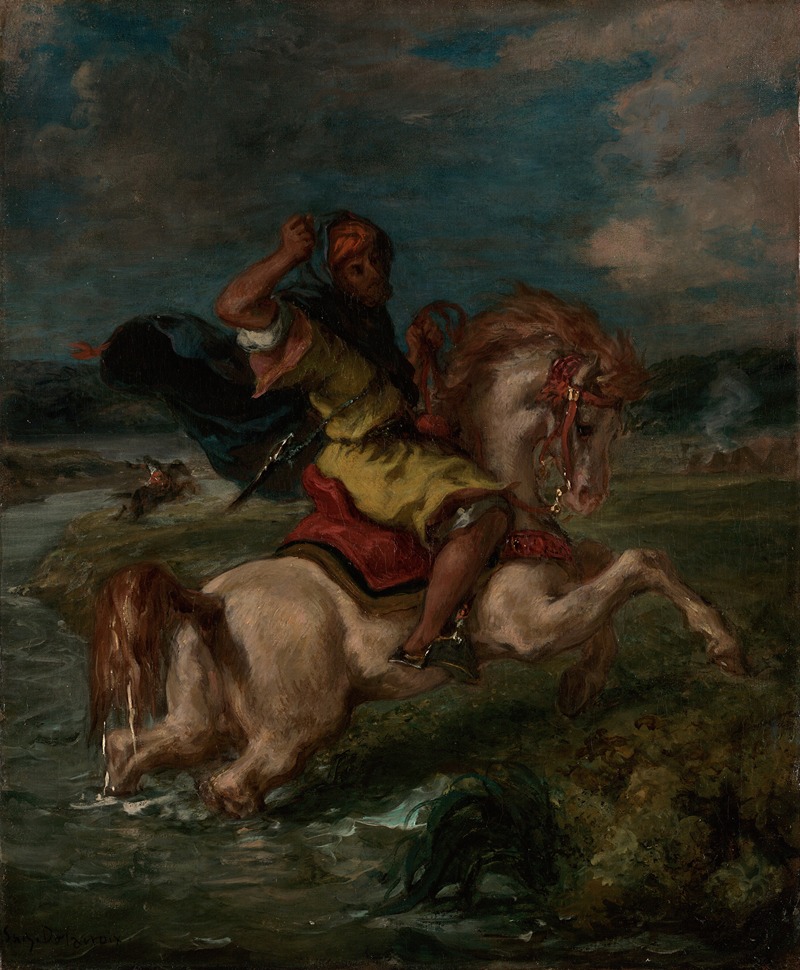
Moroccan Horseman Crossing a Ford
A hand-painted replica of Eugène Delacroix’s masterpiece Moroccan Horseman Crossing a Ford, meticulously crafted by professional artists to capture the true essence of the original. Each piece is created with museum-quality canvas and rare mineral pigments, carefully painted by experienced artists with delicate brushstrokes and rich, layered colors to perfectly recreate the texture of the original artwork. Unlike machine-printed reproductions, this hand-painted version brings the painting to life, infused with the artist’s emotions and skill in every stroke. Whether for personal collection or home decoration, it instantly elevates the artistic atmosphere of any space.
Eugène Delacroix, a leading figure of the French Romantic movement, is renowned for his vibrant use of color and dynamic compositions. One of his lesser-known works, "Moroccan Horseman Crossing a Ford," exemplifies his fascination with North African themes, which he explored extensively following his journey to Morocco in 1832. This painting is a testament to Delacroix's ability to capture the exoticism and vitality of the scenes he encountered during his travels.
"Moroccan Horseman Crossing a Ford" depicts a solitary horseman navigating a shallow body of water. The rider, dressed in traditional Moroccan attire, is portrayed with a sense of movement and urgency, as the horse splashes through the ford. Delacroix's use of color is particularly striking in this piece, with rich earth tones and vibrant blues that convey the warmth and light of the North African landscape. The painting reflects Delacroix's skill in rendering both the physicality of the horse and the fluidity of water, creating a dynamic interplay between the two elements.
Delacroix's journey to Morocco was a pivotal moment in his career, providing him with a wealth of inspiration and material that would influence his work for years to come. The trip was part of a diplomatic mission, and it allowed him to observe and document the culture, people, and landscapes of the region. Delacroix was deeply moved by the vivid colors and dramatic contrasts of light and shadow he encountered, and these elements became central to his artistic expression.
The painting is a fine example of Delacroix's Romantic style, characterized by its emphasis on emotion, movement, and the exotic. Unlike the Neoclassical artists who preceded him, Delacroix was less concerned with idealized forms and more interested in capturing the essence and energy of his subjects. This approach is evident in "Moroccan Horseman Crossing a Ford," where the focus is on the immediacy of the moment and the dynamic interaction between the rider and his environment.
Delacroix's work often explored themes of heroism and adventure, and this painting is no exception. The solitary figure of the horseman can be seen as a symbol of courage and determination, qualities that were highly valued in the Romantic era. The painting also reflects the Romantic fascination with the "Orient" and the allure of distant, exotic lands, which were often idealized and romanticized by European artists and writers of the time.
"Moroccan Horseman Crossing a Ford" is not as widely known as some of Delacroix's other works, such as "Liberty Leading the People" or "The Death of Sardanapalus," but it remains an important part of his oeuvre. It showcases his ability to blend observation with imagination, creating a vivid and compelling image that captures the spirit of his Moroccan experience. Through his art, Delacroix not only documented the world he saw but also conveyed the emotional and sensory impressions it left upon him, making his work resonate with audiences both in his time and today.





